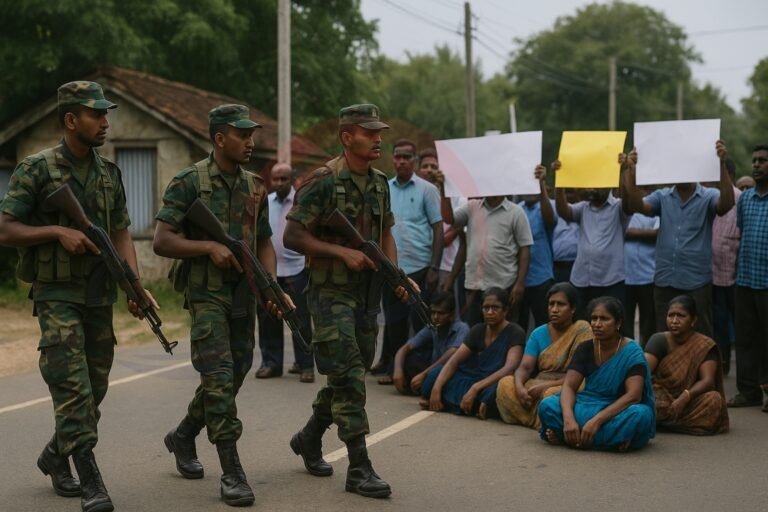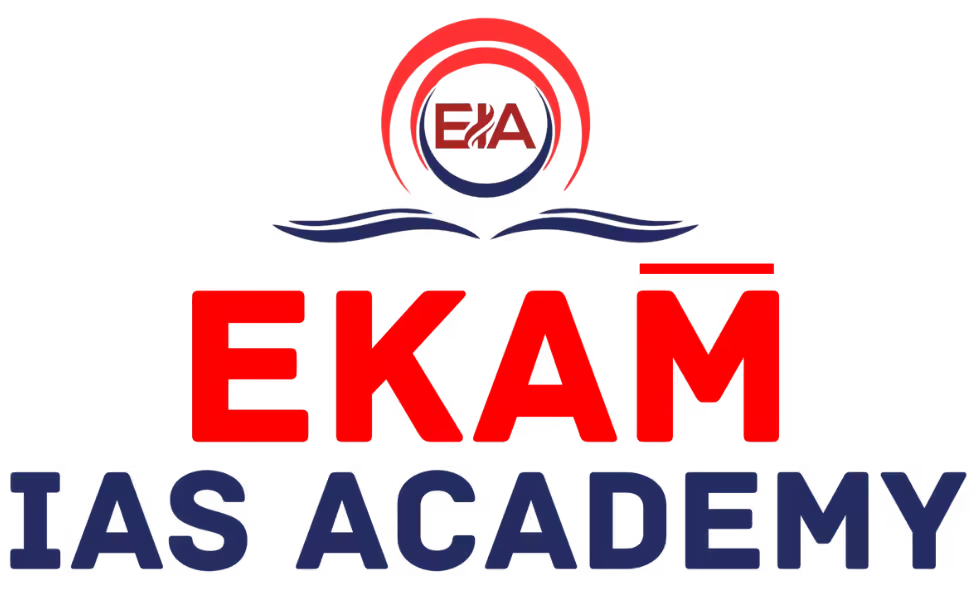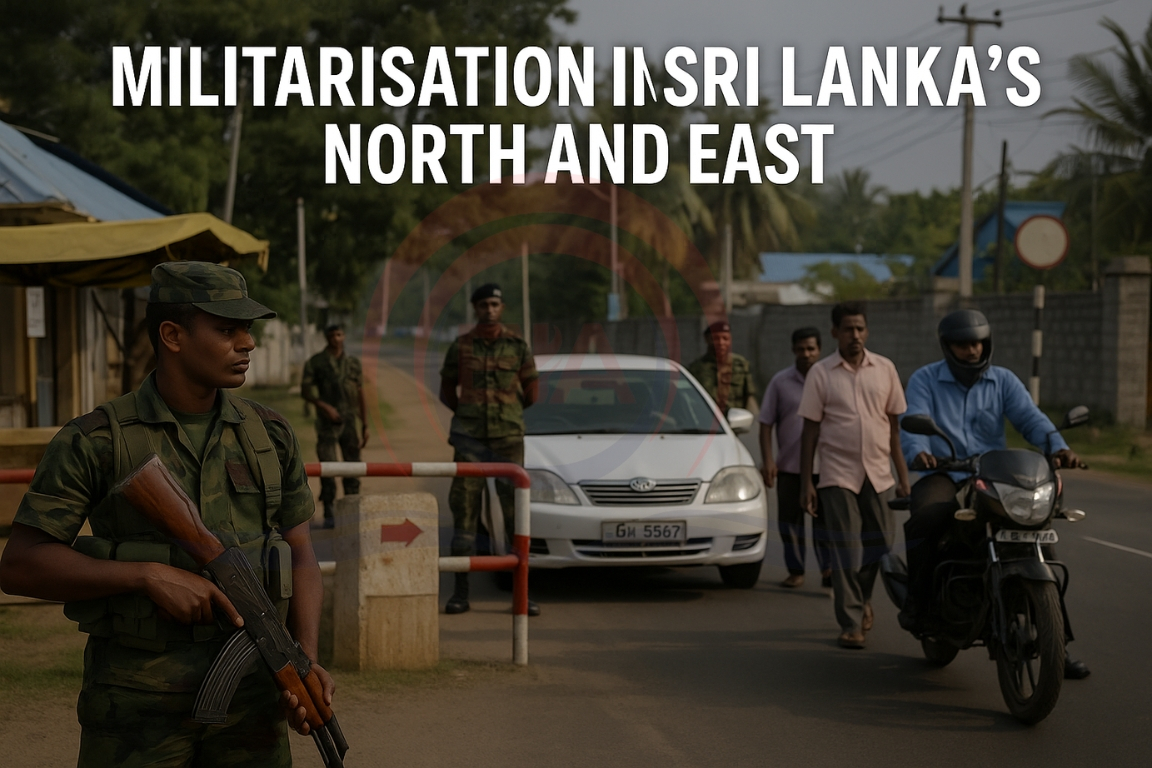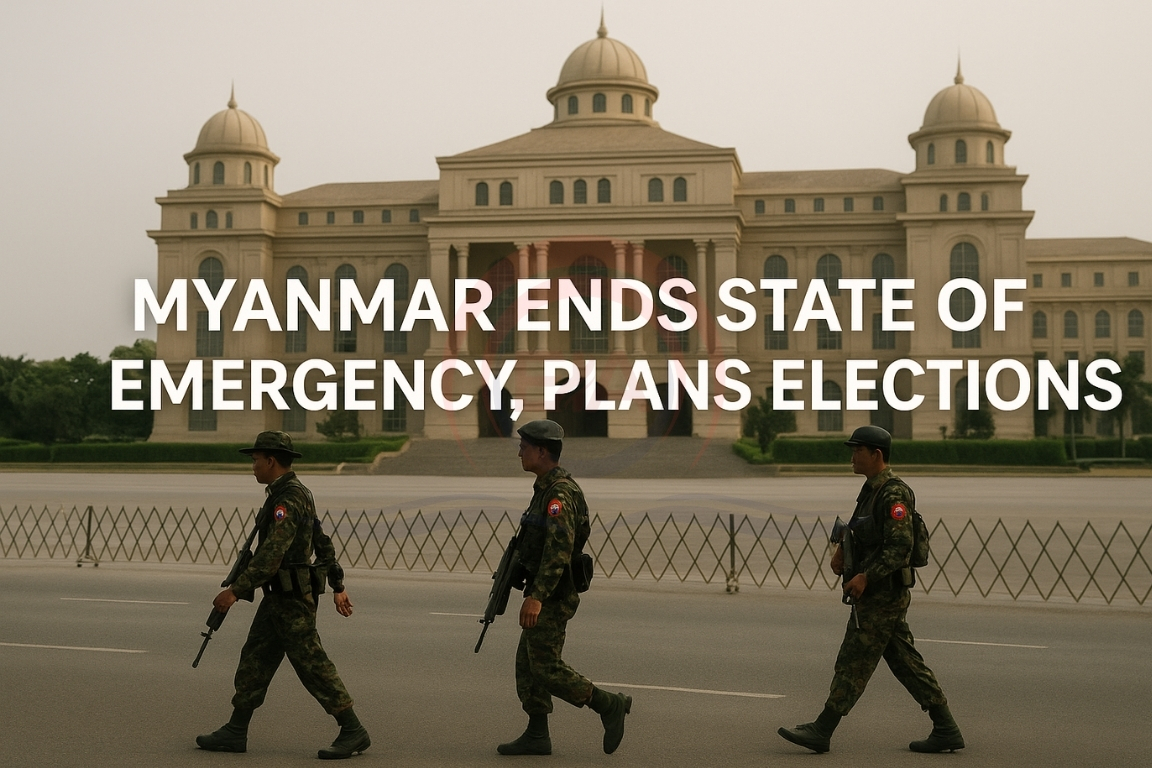Sixteen years after the end of Sri Lanka’s civil war (2009), the Tamil-majority Northern and Eastern Provinces continue to witness heavy military presence. The recent killing of a Tamil youth, allegedly by army personnel in Mullaitivu district, reignited protests. The issue highlights concerns of human rights, federal governance, and post-war reconciliation.
Recent Trigger
- The Ilankai Tamil Arasu Kadchi (ITAK) called a hartal (shutdown) in August 2024 after the death of Ethirmanasingham Kapilraj, allegedly attacked by military men.
- ITAK demanded an independent probe and highlighted the “oppressive conduct” of the armed forces in Tamil regions.
- Three soldiers have been arrested; the government assured a fair investigation.
Extent of Militarisation
- Military presence is visibly higher in the north and east compared to other provinces.
- In Mullaitivu, the site of the war’s final battle, checkpoints and inspections by armed personnel are frequent.
- A 2017 civil society report found 60,000 soldiers for 1.3 lakh civilians in Mullaitivu — an extraordinary ratio.
- Military also runs businesses (hotels, farms, restaurants), directly competing with war-affected locals trying to rebuild livelihoods.
- Though the government claims 91% of occupied land has been returned, disputes remain over agricultural and worship sites.

What are Machine-Readable Rolls?
- Text-based PDFs or data files where entries can be indexed and searched using computers.
- Enable quick identification of duplicate entries, irregular additions, or fake voters.
- Earlier, activists like P.G. Bhat analysed such files to highlight irregularities.
Why EC Stopped Sharing Machine-Readable Rolls
- In 2018, just before the 2019 elections, EC directed States to stop uploading them.
- Reason: fear that foreign entities could misuse voter data (full names and addresses).
- Supreme Court in Kamal Nath vs. EC (2018) refused to compel EC to provide such data, though EC’s own manual mentions draft rolls should be in text format.
Technical Challenges
- Opposition suggests converting current PDFs into text using Optical Character Recognition (OCR).
- However, difficulties include:
- Rolls are divided into hundreds of parts per constituency.
- Processing all (over 6 crore pages nationwide) is extremely costly (~$40,000 per update).
Arguments For & Against
- For: Easier detection of duplicates and fraud. Improves transparency and trust in elections.
- Against: Risks of data misuse, privacy breaches. High resource and financial costs for digitisation.
Way Forward
- Balance between transparency and privacy.
- Explore controlled access to machine-readable rolls for recognised parties.
- Develop secure platforms to prevent misuse while enabling fraud detection.
Conclusion:
The issue of machine-readable electoral rolls reflects the need to balance transparency with voter privacy. Ensuring secure and regulated access can strengthen both electoral integrity and public trust.





